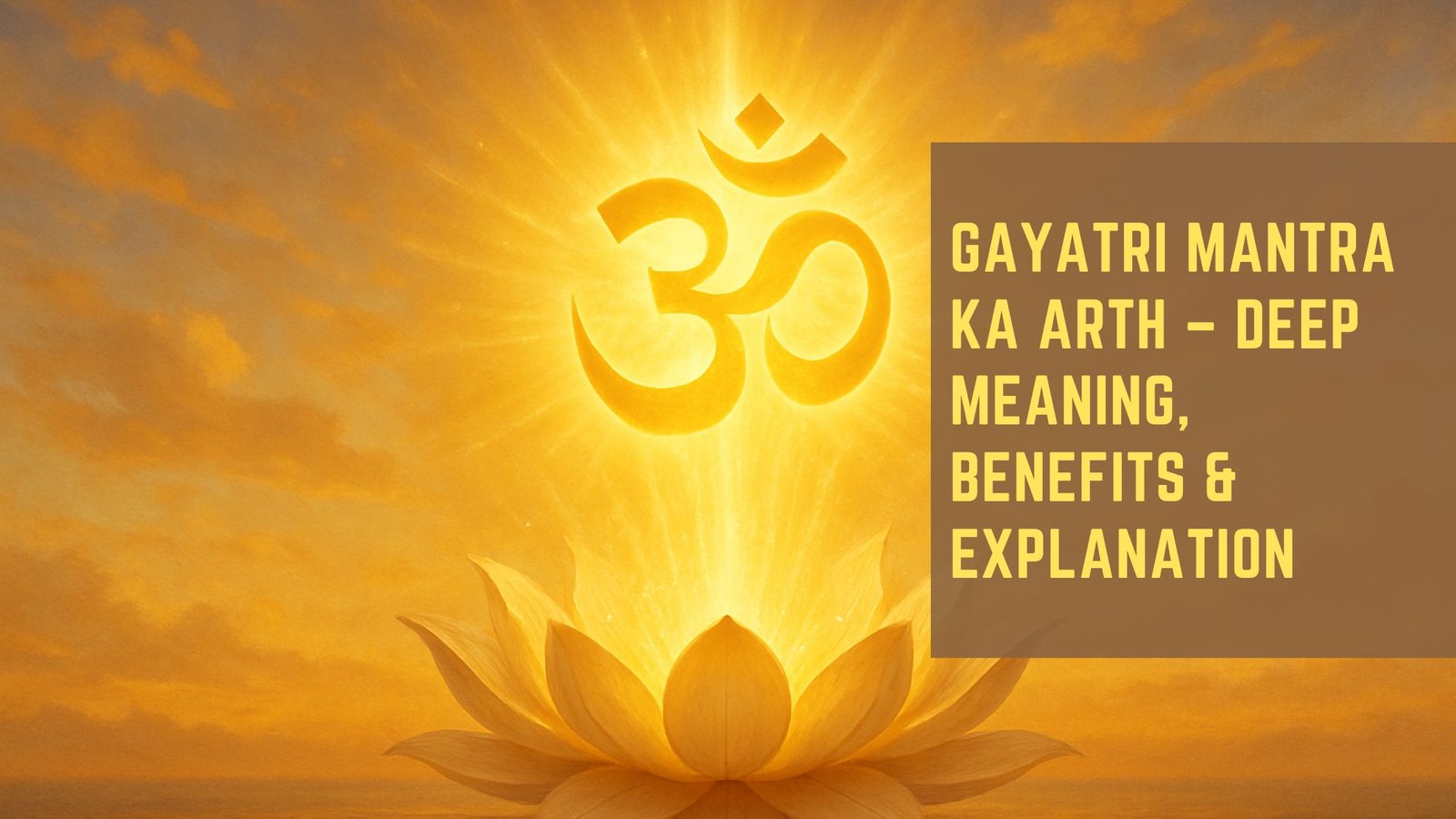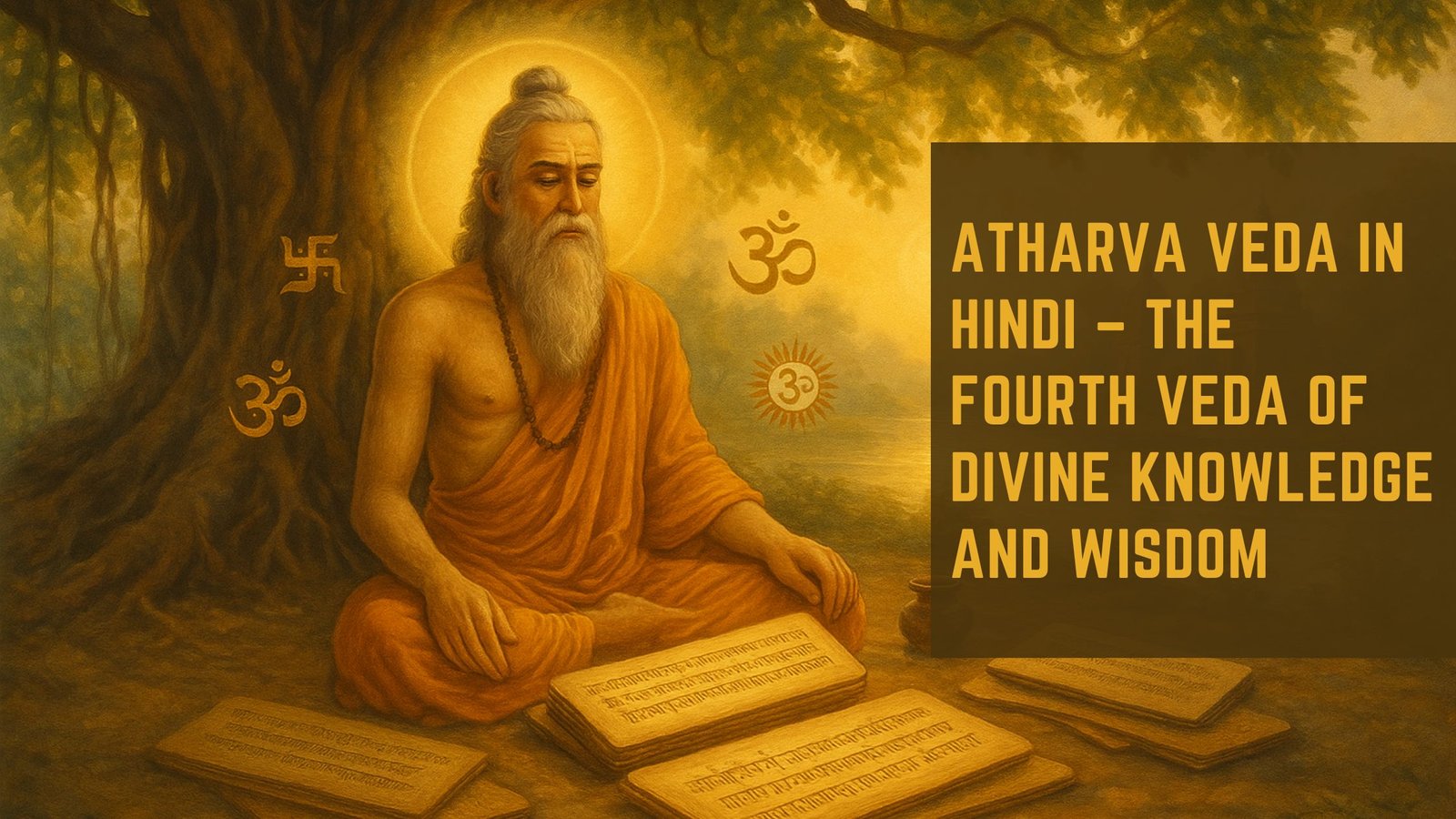The Bhagavad Gita, a revered text in Hindu philosophy, presents a profound exploration of the concept of detachment. At its core, detachment refers to the ability to remain unaffected by external circumstances, emotions, and desires. This principle is not about renouncing the world or becoming indifferent; rather, it emphasizes a balanced approach to life where one can engage fully without being ensnared by the outcomes.
The Gita teaches that true wisdom lies in performing one’s duties without attachment to the results, thereby fostering a sense of inner tranquility and resilience. In the dialogue between Lord Krishna and Arjuna, detachment emerges as a vital theme. Krishna encourages Arjuna to act according to his dharma, or duty, while maintaining a sense of detachment from the fruits of his actions.
This teaching serves as a reminder that while individuals are responsible for their actions, they are not necessarily responsible for the outcomes. By cultivating this mindset, one can navigate the complexities of life with grace and composure, ultimately leading to a deeper understanding of oneself and one’s place in the universe.
Verse 2.47 of the Bhagavad Gita encapsulates the essence of detachment with its powerful message: “You have the right to perform your prescribed duties, but you are not entitled to the fruits of your actions.” This verse serves as a cornerstone for understanding how detachment operates within the framework of karma, or action. It highlights the importance of focusing on one’s responsibilities while relinquishing the desire for specific outcomes. This perspective encourages individuals to engage in their tasks wholeheartedly, free from the burden of expectation.
The significance of this teaching extends beyond mere philosophical discourse; it offers practical guidance for living a fulfilling life. By internalizing this principle, individuals can reduce anxiety and stress associated with performance and success. The relentless pursuit of results often leads to disappointment and frustration, whereas embracing detachment allows for a more liberated approach to life.
In this way, Bhagavad Gita 2.47 becomes a guiding light for those seeking balance and fulfillment amidst life’s uncertainties.
Key Takeaways
- Detachment in the Bhagavad Gita refers to the ability to remain unaffected by the outcomes of one’s actions and to perform one’s duties without attachment to the results.
- Bhagavad Gita 2.47 emphasizes the importance of performing one’s duties without attachment to the results, as it leads to freedom from the bondage of karma.
- Applying the teachings of detachment in everyday life involves performing actions with a sense of duty and responsibility, while letting go of attachment to the results.
- Detachment is closely linked to inner peace, as it allows individuals to remain calm and undisturbed by the ups and downs of life.
- Overcoming attachment and aversion is possible through the practice of detachment, which helps individuals to maintain equanimity in all situations.
Applying the teachings of detachment in everyday life
Incorporating the teachings of detachment into daily life requires conscious effort and practice. One effective way to begin is by setting intentions that prioritize effort over outcome. For instance, when embarking on a new project or goal, individuals can focus on the process rather than fixating on the end result.
This shift in perspective fosters a sense of freedom, allowing one to enjoy the journey without being weighed down by expectations.
Moreover, practicing mindfulness can significantly enhance one’s ability to detach from outcomes.
Mindfulness encourages individuals to remain present in each moment, observing thoughts and feelings without judgment. This practice helps in recognizing when attachment arises—whether it be to success, approval, or material possessions—and allows for a gentle release of those attachments. By developing this awareness, individuals can navigate their lives with greater clarity and purpose, ultimately leading to a more fulfilling existence.
The relationship between detachment and inner peace

Detachment is intricately linked to the experience of inner peace. When individuals learn to let go of their attachment to outcomes, they often find themselves more at ease with life’s unpredictability. This sense of peace arises from an understanding that external circumstances are transient and that true contentment comes from within.
The Bhagavad Gita teaches that by cultivating detachment, one can transcend the dualities of pleasure and pain, success and failure, thereby achieving a state of equanimity. Inner peace is not merely the absence of conflict; it is a profound sense of harmony that permeates one’s being. As individuals practice detachment, they begin to recognize that their worth is not contingent upon external validation or achievements.
This realization fosters self-acceptance and compassion, both for oneself and others. Consequently, as inner peace deepens, individuals become more resilient in facing life’s challenges, responding with grace rather than reactivity.
Overcoming attachment and aversion through the practice of detachment
| Aspect | Definition | Importance |
|---|---|---|
| Attachment | The emotional bond or dependence on something or someone | Can lead to suffering and hinder personal growth |
| Aversion | A strong dislike or avoidance of something or someone | Can create negativity and limit experiences |
| Detachment | The practice of letting go of attachment and aversion | Leads to inner peace, freedom, and a deeper understanding of life |
The practice of detachment serves as a powerful antidote to both attachment and aversion—two forces that often govern human behavior. Attachment typically manifests as an intense desire for certain outcomes or possessions, while aversion arises from a fear or dislike of particular experiences or situations. Both can lead to suffering when individuals become overly invested in their desires or fears.
By embracing detachment, one can cultivate a more balanced perspective that allows for acceptance of both joy and sorrow. To overcome attachment and aversion, individuals can engage in reflective practices such as journaling or meditation. These practices encourage self-exploration and help identify patterns of attachment that may be causing distress.
By acknowledging these patterns without judgment, individuals can begin to loosen their grip on them. Additionally, cultivating gratitude for what one has—rather than fixating on what is lacking—can shift focus away from attachment and foster a sense of abundance.
The role of detachment in achieving spiritual growth and self-realization
Detachment plays a crucial role in the journey toward spiritual growth and self-realization. As individuals learn to detach from worldly desires and distractions, they create space for deeper introspection and connection with their true selves. The Bhagavad Gita emphasizes that self-realization is not about abandoning the world but rather about transcending it through understanding one’s higher nature.
Detachment allows individuals to see beyond the illusions of material existence and recognize their inherent divinity. Furthermore, spiritual growth often involves confronting one’s fears and insecurities—an endeavor made easier through detachment. When individuals are less attached to their ego-driven identities, they become more open to transformation and healing.
This openness fosters a deeper connection with others and with the universe as a whole. Ultimately, detachment serves as a catalyst for spiritual awakening, guiding individuals toward a profound understanding of their purpose and place within the cosmos.
Cultivating a mindset of detachment in the face of life’s challenges

Life is replete with challenges that can test one’s resolve and emotional stability. Cultivating a mindset of detachment equips individuals with the tools needed to navigate these difficulties with grace. When faced with adversity, those who practice detachment are better able to maintain perspective and respond thoughtfully rather than react impulsively.
This approach allows them to view challenges as opportunities for growth rather than insurmountable obstacles. One effective strategy for cultivating this mindset is through regular reflection on past experiences. By examining how attachment to specific outcomes has led to suffering or disappointment in the past, individuals can gain valuable insights into their patterns of behavior.
Additionally, engaging in supportive communities or seeking guidance from mentors can reinforce the principles of detachment during challenging times. Through these practices, individuals can develop resilience and fortitude in the face of life’s inevitable ups and downs.
Embracing detachment as a path to freedom and liberation
Ultimately, embracing detachment paves the way for freedom and liberation from the constraints imposed by attachment and desire. When individuals learn to let go of their need for control over outcomes, they open themselves up to new possibilities and experiences. This liberation fosters creativity and spontaneity, allowing individuals to live authentically without being hindered by fear or expectation.
The journey toward embracing detachment is not always easy; it requires consistent practice and self-awareness. However, those who commit to this path often find themselves experiencing profound shifts in their lives—shifts characterized by greater joy, fulfillment, and connection with others. In this way, detachment becomes not just a philosophical concept but a transformative practice that leads to a richer understanding of life itself.
Through this lens, individuals can discover that true freedom lies not in clinging to desires but in surrendering to the flow of existence with an open heart and mind.
In the Bhagavad Gita sloka 2, Lord Krishna imparts wisdom to Arjuna on the battlefield of Kurukshetra. This divine conversation between God and Arjuna is beautifully captured in the article “Divine Conversations: God Talks with Arjuna in the Bhagavad Gita”. The insights shared in this article shed light on the profound teachings and timeless wisdom found in this sacred text. Additionally, for a deeper understanding of the Bhagavad Gita, Eknath Easwaran’s interpretations are explored in another article titled in/2024/12/08/the-bhagavad-gita-eknath-easwarans-insights/’>”The Bhagavad Gita: Eknath Easwaran’s Insights”.
These articles offer valuable perspectives on the spiritual significance of the Bhagavad Gita and its relevance in today’s world.
FAQs
What is the Bhagavad Gita?
The Bhagavad Gita is a 700-verse Hindu scripture that is part of the Indian epic Mahabharata. It is a sacred text of the Hindu religion and is considered one of the most important spiritual classics.
What is a sloka in the Bhagavad Gita?
A sloka in the Bhagavad Gita refers to a verse or a stanza. The text is composed in the form of verses, each of which is called a sloka.
What is the significance of Sloka 2 in the Bhagavad Gita?
Sloka 2 in the Bhagavad Gita is part of a conversation between Lord Krishna and the warrior Arjuna on the battlefield of Kurukshetra. It addresses the concept of duty and righteousness, and is a key verse in the scripture.
Can Sloka 2 be recited or chanted?
Yes, Sloka 2 of the Bhagavad Gita can be recited or chanted as a form of spiritual practice. Many followers of Hinduism and other spiritual seekers recite verses from the Bhagavad Gita as a form of devotion and meditation.















